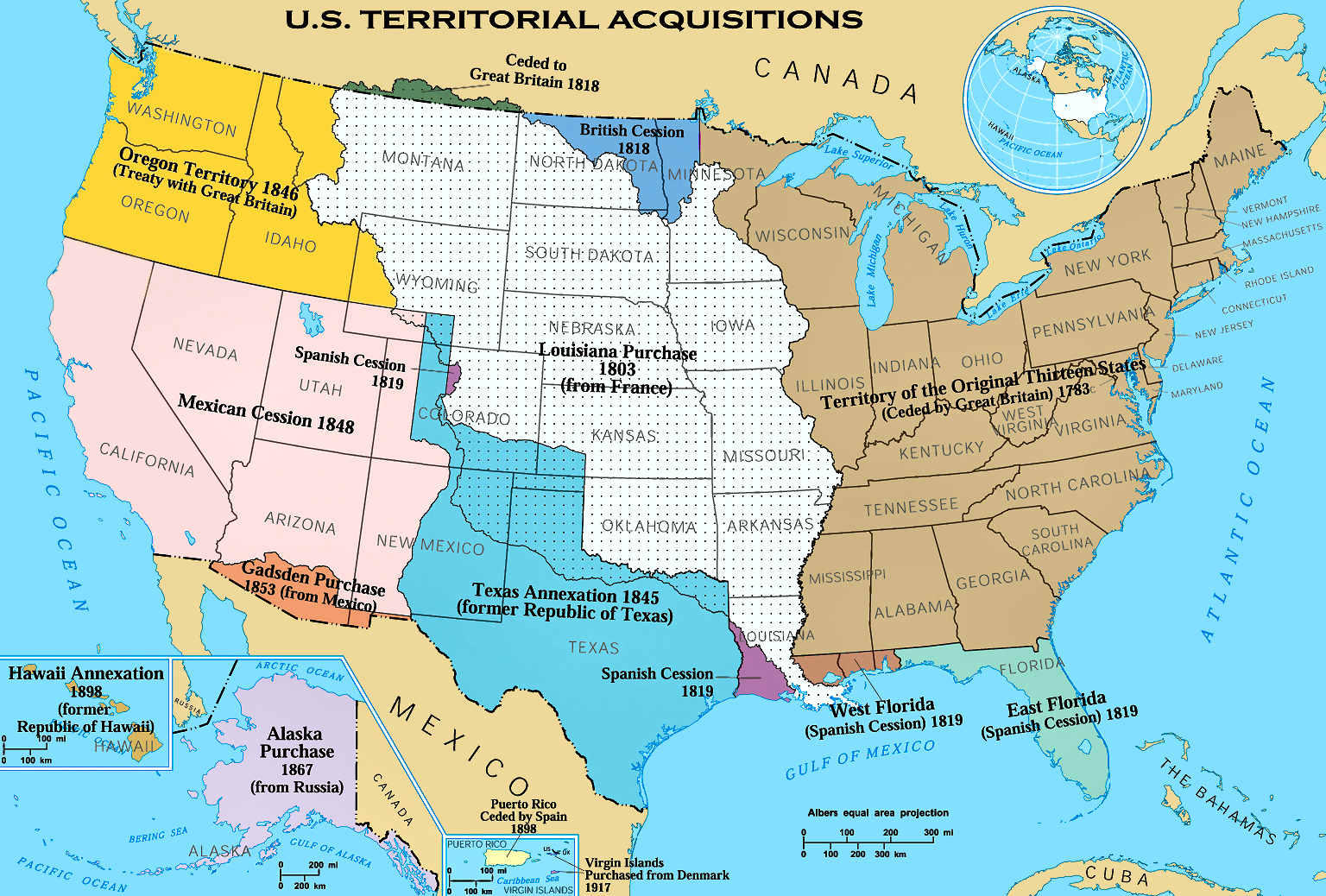While most U.S. states operate within a single time zone, several states span multiple time zones, creating unique challenges and considerations for residents and businesses. This phenomenon affects daily life, commerce, and communication in these regions, making it an fascinating aspect of American geography and governance.
States with Multiple Time Zones
Currently, five states in the continental United States are divided between two time zones:
Idaho
The northern panhandle region, including the city of Coeur d'Alene, operates on Pacific Time, while the rest of the state follows Mountain Time. This division reflects the region's stronger economic ties to Washington state.
Oregon
While most of Oregon follows Pacific Time, Malheur County in the state's southeast corner operates on Mountain Time due to its economic connections with Idaho and Nevada.
Kansas
Most of Kansas follows Central Time, but four counties in the western part of the state (Sherman, Wallace, Greeley, and Hamilton) operate on Mountain Time to better align with Colorado's business hours.
Nebraska
The western portion of Nebraska, roughly from the city of North Platte westward, follows Mountain Time. This division reflects both geographical and economic considerations, with nearly half the state's width spanning the Mountain Time zone.
Florida
While most of Florida operates on Eastern Time, the state's western panhandle region, including cities like Pensacola, follows Central Time due to its proximity to Alabama and historical connections to the Gulf Coast region.
Alaska
Alaska presents a particularly unique case, as it spans multiple time zones due to its vast geographical expanse. The state officially observes Alaska Time in most regions, but the Aleutian Islands chain follows Hawaii-Aleutian Time, creating a two-hour difference within the state. This arrangement accommodates the extreme western reach of the Aleutian archipelago, which stretches across nearly 1,200 miles.

Population Impact
The time zone divisions affect populations differently in each state. In Idaho, approximately 15% of the state's population lives in the Pacific Time Zone, primarily in the rapidly growing Coeur d'Alene metropolitan area. Oregon's Mountain Time zone affects only about 1% of the state's population, while Nebraska's split impacts roughly 20% of its residents.
These divisions create unique challenges for state services and governance. For example, state government offices often extend their operating hours to accommodate residents in both time zones. Healthcare systems must carefully coordinate emergency services and appointment scheduling, particularly in areas near the time zone boundaries. Educational institutions operating across time zones have developed specialized scheduling systems to ensure equal access to resources and opportunities for all students.
Geographical Considerations
The placement of time zone boundaries often follows county lines for administrative simplicity, but these divisions don't always align with natural geographical features or population centers. For example, Nebraska's time zone boundary roughly follows the 100th meridian, a significant geographical marker that historically represented the transition from the humid eastern United States to the more arid west.
Natural features play a key role in defining and reinforcing time zone boundaries. River valleys, mountain ranges, and major highways often serve as natural dividing lines that help establish clear time zone transitions. In Idaho, the Rocky Mountains provide a logical geographical separator between the two time zones, while in Florida, the Apalachicola River conveniently marks the time zone change. These geographical features generally assist in the practical implementation of time zone divisions by creating natural boundaries that communities can easily recognize and follow.
Seasonal Complications
The complexity of multiple time zones is further complicated by daylight saving time observations. When states change their clocks in spring and fall, the time zone differences remain constant, but the transition periods can be particularly confusing for residents near the boundaries. Some communities have developed local customs and informal arrangements to manage these transitions more smoothly.
The seasonal changes affect different regions uniquely. In northern states like Idaho, the varying daylight hours throughout the year add another layer of complexity. During summer months, the extended daylight in the Pacific Time Zone portion can mean sunset occurs significantly later than in the Mountain Time Zone section. This impacts everything from outdoor recreation schedules to energy usage patterns. Some businesses and organizations implement seasonal scheduling adjustments to better align with natural daylight patterns and community needs across time zones.
Agricultural communities face particular challenges during these transitions. Farming operations that span time zone boundaries must coordinate harvest times, delivery schedules, and worker shifts while accounting for both the time difference and seasonal daylight changes. Many farmers have adopted sophisticated scheduling systems that take into account both time zones and seasonal variations to optimize their operations.
Modern Adaptations
In recent years, some communities near time zone boundaries have developed innovative solutions to manage the divide. For example, some businesses display dual clocks, and many schools have implemented flexible scheduling systems to accommodate students who live and study in different time zones. Digital technology has made it easier to manage these differences, with smartphones and computers automatically adjusting to the correct time zone based on location.
Historical Background
The establishment of time zones in the United States dates back to the Railroad Era of the 1880s. The growing railway network necessitated standardized time-keeping for safe and efficient operations. Before this, cities and towns often kept their own local time based on solar noon.
Several key factors influenced the establishment of time zones across states. The rapid expansion of railroads created an urgent need for standardized scheduling. Geographic features and economic centers played crucial roles in determining time boundaries. Local communities often had strong preferences based on their commercial ties and daily patterns. Perhaps most interestingly, the political boundaries of states frequently didn't align with natural time meridians, leading to some of the unusual divisions we see today.
Impact on Daily Life
Living in a state with multiple time zones creates unique challenges and considerations for residents and businesses. Business scheduling across time boundaries requires careful coordination, particularly for statewide organizations. School districts straddling time zones must make special accommodations for students and staff. Broadcasting stations face the challenge of programming for audiences in different time zones, while government services must ensure clear communication about operating hours across the state.
Communities near time zone boundaries often develop adaptive strategies, such as flexible working hours or dual time displays in public spaces. These adaptations have become an integral part of daily life in these regions, with residents naturally adjusting their routines to accommodate the time difference.
Economic Considerations
The presence of multiple time zones within a state creates both challenges and opportunities for businesses. Companies often benefit from extended operating hours, effectively gaining an extra hour of business day across the time zones. However, this requires careful coordination of schedules and operations. Statewide organizations must develop robust systems to manage meetings, deadlines, and collaborative projects across the time boundary.
Transportation and logistics companies have adapted their operations to maximize efficiency across time zones. Many businesses have found creative ways to leverage the time difference, particularly in industries that require coordination with different markets or extended customer service hours.
Managing Time Zone Differences
States with multiple time zones have developed various strategies to manage these differences effectively. Many organizations maintain flexible schedules or operate on the dominant time zone while accommodating clients and partners in the alternate zone. Digital technology has also made it easier to coordinate across time boundaries, with automated scheduling tools and clear time zone indicators becoming standard practice.
Understanding these time zone divisions is crucial for travelers, businesses, and residents in affected states. While it may present certain challenges, the system continues to serve the diverse needs of different regions within these states, reflecting the complex interplay of geography, commerce, and local preferences in American life.





